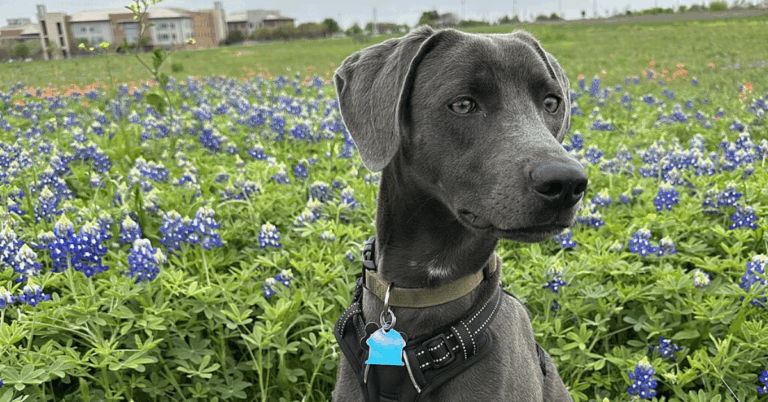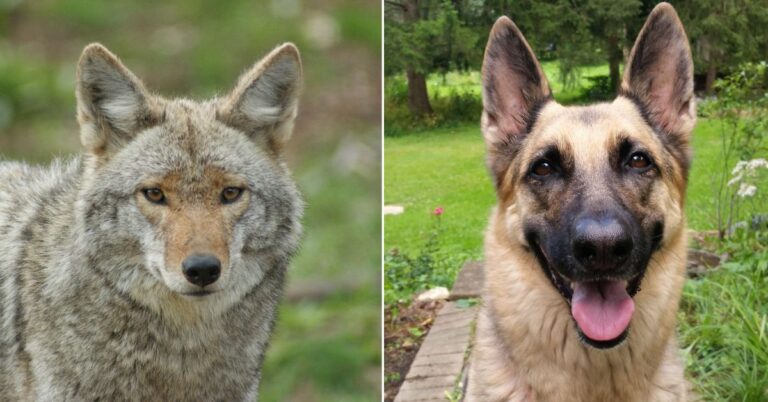How Conservation Dogs Are Tracking Down And Eliminating Invasive Species

Have you ever taken your dog for a walk, and instead of chasing squirrels, they sniff out an invasive plant destroying the local ecosystem? With noses 100,000 times more sensitive than ours, trained dogs can track invasive species faster than any human or machine. Keep reading to know more.
Why Invasive Species Are A Big Problem
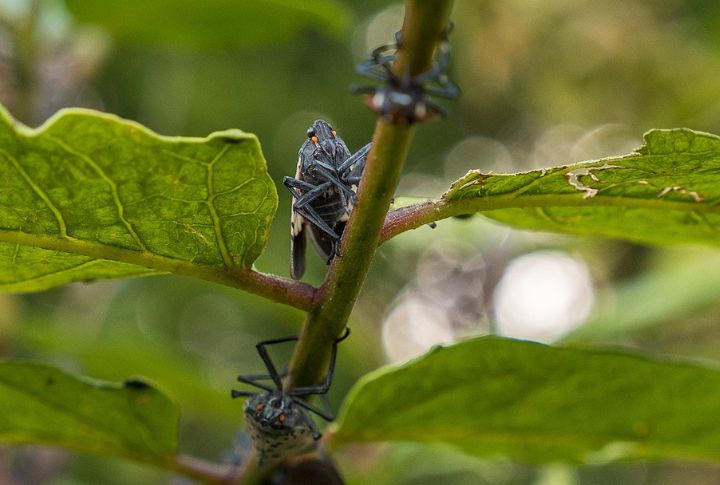
Have you ever planted a small garden, but one aggressive weed takes over, choking everything else? It spreads fast, and before you know it, nothing else survives. That’s an invasive species on a larger scale that outcompetes native plants and kills off wildlife. In total, they cost the U.S. over $120 billion a year in damages.
How Dogs Are Trained For The Job

Training starts with a game of hide-and-seek—except instead of looking for treats, dogs learn to sniff out the scent of an invasive species. If they find it, they get a reward. Over time, they become experts. They can search forests, boats, wetlands, etc. for hidden threats. It’s like a lowscale crime scene investigation.
Types Of Invasive Species Dogs Can Detect
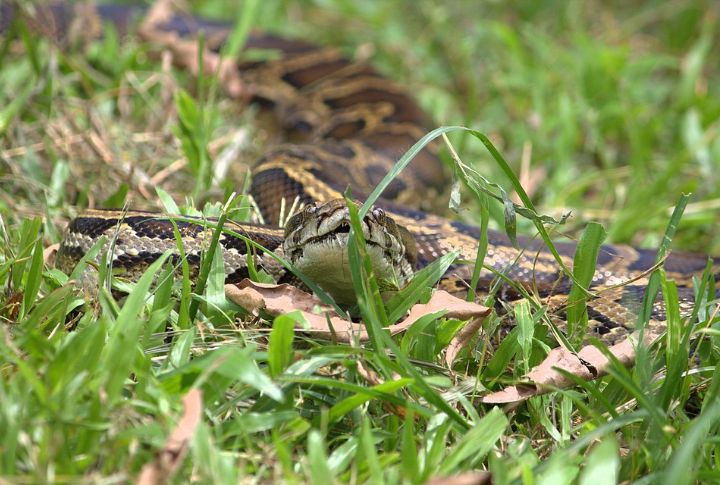
As long as it has a scent, a dog can find it. Some detect spotted lanternfly eggs, a pest destroying vineyards. Others track down Burmese pythons in Florida’s Everglades—imagine a Labrador sniffing out a 12-foot snake! Some dogs are trained to locate mussels before they hitch a ride on boats to new lakes.
Success Stories From Nature Preserves
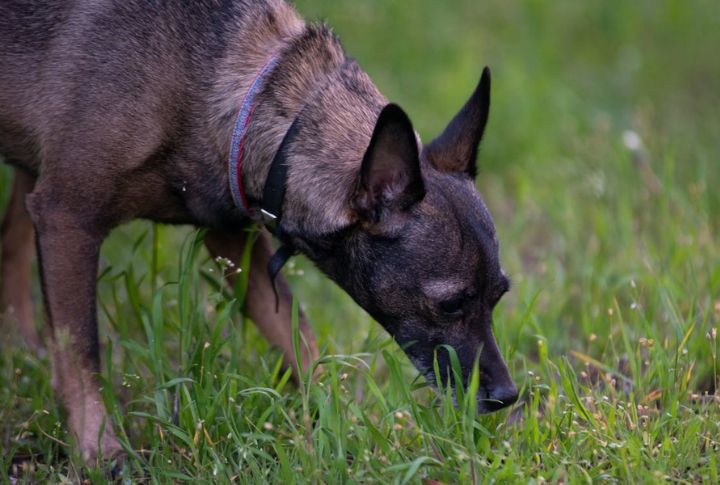
In Hawaii, conservation dogs helped find invasive ants that were wiping out seabird populations. Researchers would have missed the tiny pests hiding in remote cliffs without them. In Montana, a single dog sniffed out invasive mussels in a lake before they spread. In Australia, border collies help locate fox dens to protect endangered marsupials. They are everywhere.
How A Dog’s Nose Outperforms Technology
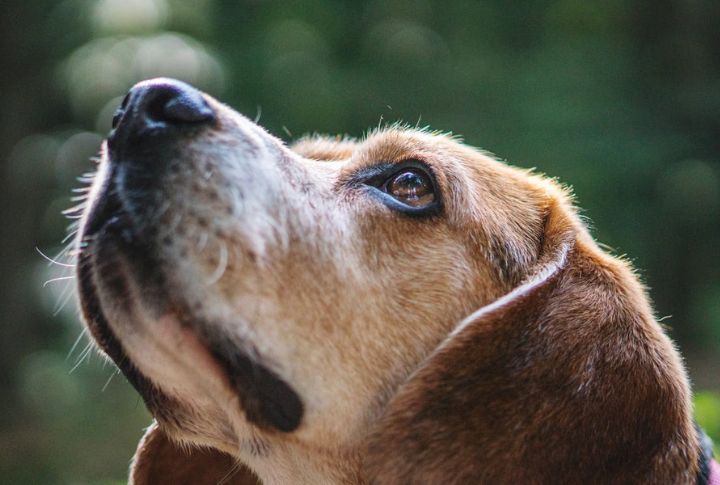
Scientists have fancy gadgets, but nothing beats a dog’s nose. A well-trained pup can detect a single invasive plant in a giant field or an insect hidden deep in tree bark. These things machines will often miss. Plus, they don’t need charging and will work in the rain without glitching. Just give them treats and praises.
Challenges Of Using Dogs For Conservation
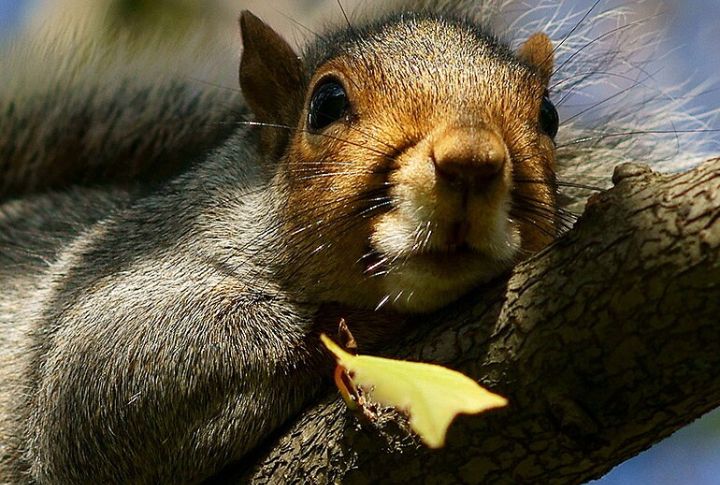
Not every pup is cut out for this line of work, though. Some get too distracted (squirrels are not the enemy here), while others don’t have the endurance for long searches. Harsh terrain can also slow them down. And, of course, handlers must ensure the dogs don’t accidentally damage the ecosystem they’re protecting.
The Cost And Benefits Of Canine Detection

Let’s talk numbers. Training a conservation dog can cost $10,000 to $20,000, but the benefits outweigh the price. Early detection prevents millions in environmental damage. It also reduces the need for harmful pesticides and speeds up eradication efforts. That’s an investment worth every dollar.
Future Plans For Conservation Dogs
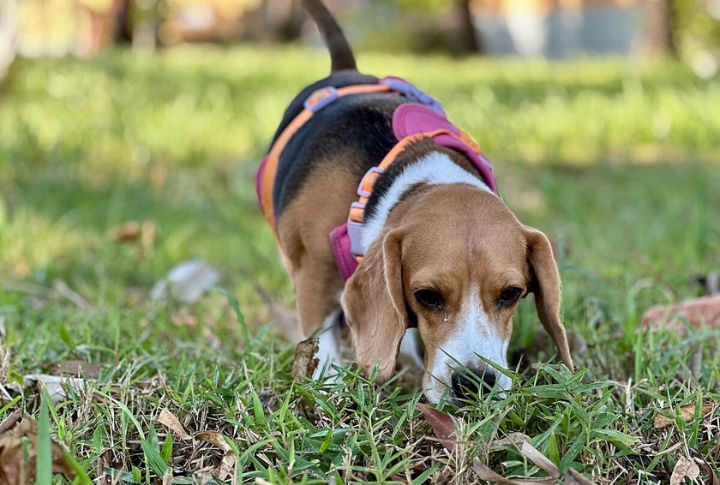
The demand for these super-sniffers is growing. Scientists are training dogs to detect invasive fungi, helping protect crops. Some programs are exploring ways to use dogs on boats to sniff out invaders before they reach new shores. With their talent and enthusiasm, conservation dogs might become a global force against invasive species.
How People Can Support These Programs
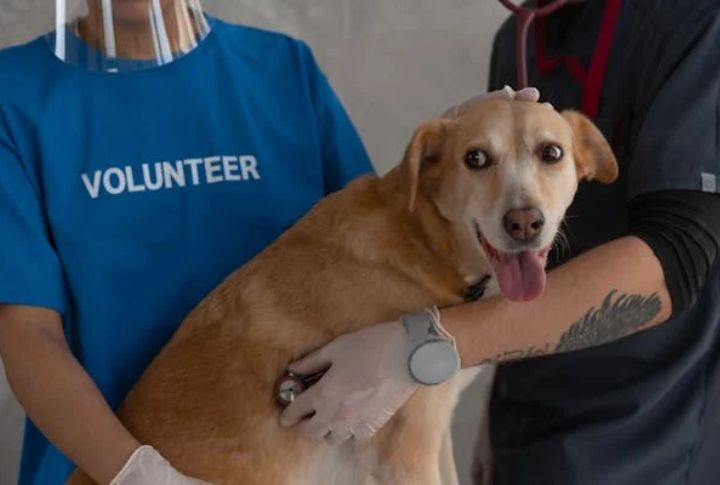
Love dogs? Love nature? You can help. Donations fund training and the care of these hardworking pups. Volunteering with conservation groups makes a difference too. Even simple things such as cleaning your hiking boots to avoid spreading invasive seeds also help protect native ecosystems. Small actions add up!




